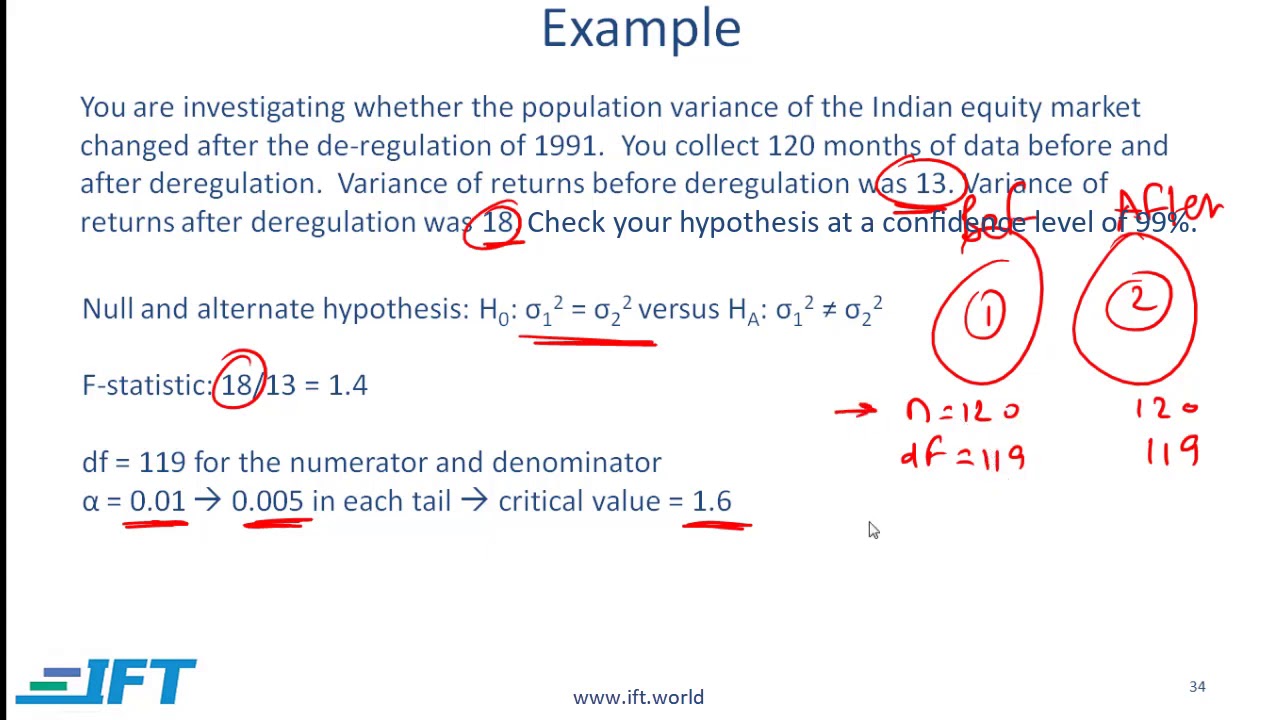Topic square root of x squared: Understanding the square root of x squared is essential in algebra and calculus. This concept not only clarifies the properties of square roots but also helps in simplifying complex mathematical expressions. Dive into the fundamentals of this concept to enhance your math skills and problem-solving abilities.
Table of Content
Understanding the Square Root of X Squared
The expression √(x^2) is commonly encountered in algebra and has important implications in various mathematical contexts.
Definition and Calculation
The square root of a number is a value that, when multiplied by itself, gives the original number. Therefore, for any real number x, the square root of x squared can be represented as:
This means that the square root of x squared is the absolute value of x.
Positive and Negative Roots
It is important to note that while the square of a number is always positive, the square root can have both positive and negative values:
- \[\sqrt{x^2} = |x|\] (positive square root)
- \[-\sqrt{x^2} = -|x|\] (negative square root)
Thus, the complete set of square roots for x squared includes both the positive and negative values of x.
Example
Consider the example where x is 3:
\[\sqrt{3^2} = \sqrt{9} = 3\]
However, since the square root function usually denotes the principal (positive) square root, it is understood as:
\[\sqrt{9} = 3\]
But we must remember that -3 is also a square root of 9.
Graphical Representation
Graphically, the function y = √(x^2) corresponds to the absolute value function, which is depicted as a V-shaped graph where all outputs are non-negative:
\[y = |x|\]
Application in Equations
When solving equations, recognizing that both positive and negative roots must be considered is crucial. For example:
\[x^2 = 9 \Rightarrow x = ±\sqrt{9} \Rightarrow x = ±3\]
Conclusion
Understanding the square root of x squared as the absolute value of x helps in solving various algebraic problems and ensures that both positive and negative solutions are considered where applicable.

READ MORE:
Introduction
The expression "square root of x squared" appears frequently in mathematical contexts and can be simplified using algebraic principles. The square root of x squared, denoted as √(x²), equals the absolute value of x, written as |x|. This is because both positive and negative values of x, when squared, yield the same result, making |x| a non-negative representation. Understanding this concept is crucial in various areas of mathematics, from basic algebra to advanced calculus.
Definition and Simplification
The expression "square root of x squared" involves both the operations of squaring a variable and taking its square root. These operations can be understood and simplified as follows:
- Definition of Squaring:
Squaring a number means multiplying it by itself. For any variable \( x \), \( x^2 \) represents \( x \times x \). In other words, if \( x = 5 \), then \( x^2 = 5 \times 5 = 25 \).
- Definition of Square Root:
The square root of a number \( x \) is a value that, when multiplied by itself, gives \( x \). This can be written as \( \sqrt{x} \). For example, \( \sqrt{25} = 5 \) because \( 5 \times 5 = 25 \).
- Simplification of Square Root of \( x^2 \):
When you take the square root of a squared variable, the operations essentially cancel each other out. Mathematically, this is represented as:
\[
\sqrt{x^2} = |x|
\]The absolute value \( |x| \) is used to ensure the result is non-negative, as square roots by definition return non-negative results.
Thus, the square root of \( x^2 \) simplifies to the absolute value of \( x \), ensuring that the result is always non-negative. This can be further exemplified by considering different values of \( x \):
- If \( x = 4 \), then \( x^2 = 16 \) and \( \sqrt{16} = 4 \).
- If \( x = -4 \), then \( x^2 = 16 \) and \( \sqrt{16} = 4 \) as well, resulting in \( |\text{-4}| = 4 \).
In conclusion, understanding the relationship between squaring a number and taking its square root is fundamental in algebra and helps simplify complex mathematical expressions efficiently.
Positive and Negative Values
The expression √(x²) can be understood better by considering the behavior of both positive and negative values of x. The square of any real number x, whether positive or negative, is always non-negative. This fundamental property of squaring impacts the result of the square root of x squared.
Consider the following steps to understand this in detail:
- Start with any real number x. It can be either positive, negative, or zero.
- Square the number x, resulting in x². Since squaring a number results in a non-negative value, x² is always non-negative.
- Take the square root of x². The principal square root function, denoted as √(x²), gives the non-negative root of x².
- This means √(x²) is equivalent to the absolute value of x, written as |x|.
To illustrate this with examples:
- If x = 3, then x² = 9, and √(9) = 3. Here, √(x²) = |3| = 3.
- If x = -4, then x² = 16, and √(16) = 4. Here, √(x²) = |-4| = 4.
- If x = 0, then x² = 0, and √(0) = 0. Here, √(x²) = |0| = 0.
This property can be summarized in the following mathematical form:
\[\sqrt{x^2} = |x|\]
Therefore, the expression √(x²) is always non-negative because it represents the absolute value of x. This ensures that whether x is positive, negative, or zero, the result of √(x²) will always be a non-negative value.
Mathematical Properties
The mathematical properties of the square root of \( x^2 \) are rooted in the fundamental operations of exponents and radicals. To understand these properties, we need to explore how the square root function interacts with the square function.
First, let's recall that the square root function is defined as the inverse operation of squaring. This means that if we take the square root of a squared number, we should retrieve the original number. Mathematically, this can be expressed as:
\[ \sqrt{x^2} = x \quad \text{for } x \ge 0 \]
However, squaring a number always results in a non-negative value, regardless of whether the original number was positive or negative. Therefore, to account for both positive and negative values of \( x \), we use the absolute value function:
\[ \sqrt{x^2} = |x| \]
The absolute value function ensures that the result is always non-negative, reflecting the property that the square root of any non-negative number is also non-negative. Let's break down the implications of this property:
- For any positive number \( x \), \( \sqrt{x^2} = x \).
- For any negative number \( x \), \( \sqrt{x^2} = -x \), which simplifies to \( |x| \).
- For \( x = 0 \), \( \sqrt{0^2} = 0 \).
These properties are essential in various mathematical contexts, such as solving equations and simplifying expressions. For example, in solving the equation \( x^2 = a \), taking the square root of both sides yields:
\[ x = \pm \sqrt{a} \]
This reflects the fact that both \( \sqrt{a} \) and \( -\sqrt{a} \) are solutions to the equation.
Moreover, understanding \( \sqrt{x^2} = |x| \) is crucial when dealing with functions and inequalities. For instance, in optimization problems, recognizing that \( \sqrt{x^2} \) simplifies to \( |x| \) can help in finding the minimum or maximum values of a function.
Overall, the square root of \( x^2 \) embodies fundamental algebraic principles that play a critical role in higher-level mathematics.

Examples
Examples help illustrate the simplification process and the impact of positive and negative values on the result. Here are a few examples:
- Example 1: Simplify \( \sqrt{(5)^2} \)
Since squaring a number always results in a non-negative value, we can use the property \( \sqrt{x^2} = |x| \). Thus:
\( \sqrt{(5)^2} = |5| = 5 \)
- Example 2: Simplify \( \sqrt{(-7)^2} \)
Again, using the property \( \sqrt{x^2} = |x| \):
\( \sqrt{(-7)^2} = |-7| = 7 \)
- Example 3: Simplify \( \sqrt{(0)^2} \)
Since 0 squared is still 0, we have:
\( \sqrt{(0)^2} = |0| = 0 \)
- Example 4: Simplify \( \sqrt{(3/4)^2} \)
Using the same property for fractions:
\( \sqrt{(3/4)^2} = \left| \frac{3}{4} \right| = \frac{3}{4} \)
- Example 5: Solve the equation \( \sqrt{x^2} = 9 \)
Given \( \sqrt{x^2} = |x| \), we set up the equation:
\( |x| = 9 \)
This means \( x \) can be either positive or negative:
\( x = 9 \) or \( x = -9 \)
Applications
The concept of the square root of x squared, \( \sqrt{x^2} \), is fundamental in various fields of mathematics and science, with numerous practical applications. Below are some key areas where it is commonly used:
- Algebra: In algebra, the square root of x squared is used to solve quadratic equations. When solving equations of the form \(ax^2 + bx + c = 0\), understanding the properties of \( \sqrt{x^2} \) helps simplify solutions and find the roots of the equation.
- Geometry: In geometry, the square root of x squared is crucial for calculating distances between points, especially in the Pythagorean theorem, which states \( a^2 + b^2 = c^2 \). Here, \( c = \sqrt{a^2 + b^2} \) represents the hypotenuse of a right triangle.
- Physics: In physics, the square root function is used to determine quantities like velocity and acceleration. For instance, when calculating the resultant velocity of an object moving in two perpendicular directions, the resultant velocity is found using \( \sqrt{v_x^2 + v_y^2} \).
- Statistics: In statistics, the square root of the variance gives the standard deviation, a measure of the dispersion or spread of a set of values. The formula for standard deviation is \( \sigma = \sqrt{\frac{1}{N}\sum_{i=1}^{N}(x_i - \mu)^2} \), where \( \sigma \) is the standard deviation, \( \mu \) is the mean, and \( N \) is the number of data points.
- Engineering: In engineering, the square root of x squared is used in stress analysis and in calculating natural frequencies of structures. For instance, the natural frequency of a structure can be determined using \( \sqrt{\frac{k}{m}} \), where \( k \) is the stiffness and \( m \) is the mass.
- Finance: In finance, the square root is used in the calculation of volatility. The standard deviation of stock returns, which measures volatility, is found by taking the square root of the variance of returns.
- Computer Science: In computer science, algorithms for tasks like encryption and image processing often involve calculations with square roots. For example, the Euclidean distance between points in a multi-dimensional space is calculated using \( \sqrt{\sum_{i=1}^{n}(x_i - y_i)^2} \).
Căn bậc hai của x bình phương (x^2) - Hướng dẫn và giải thích tính toán căn bậc hai của một biểu thức bình phương trong đại số.
Căn bậc hai của x bình phương (x^2)
READ MORE:
Căn bậc hai của (x bình phương/4 + 4x bình phương/9) =? Hiểu về căn bậc hai trong toán học - Hướng dẫn và giải thích.
Căn bậc hai của (x bình phương/4 + 4x bình phương/9) =?
:max_bytes(150000):strip_icc()/Chi-SquareStatistic_Final_4199464-7eebcd71a4bf4d9ca1a88d278845e674.jpg)




